Veedon Fleece by Van Morrison
Buy Veedon Fleece This album review is provided by Mike Fishman, who has written about Van Morrison for the Mystic Avenue blog and writes about film for IndependentFilmNow.com. Any musician with a career […]
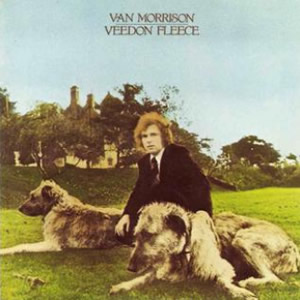
Buy Veedon Fleece This album review is provided by Mike Fishman, who has written about Van Morrison for the Mystic Avenue blog and writes about film for IndependentFilmNow.com. Any musician with a career […]

Buy Brand New Day Sting‘s sixth solo record, Brand New Day was a 1999 critical and commercial success that ultimately earned a Grammy Awards for both Best Pop Vocal Album and Best Male […]

Buy Fullfillingness’ First Finale At the age of just 24, Stevie Wonder released his 17th studio album with 1974’s Fulfillingness’ First Finale. This record came when the composer, musician and vocalist was in […]
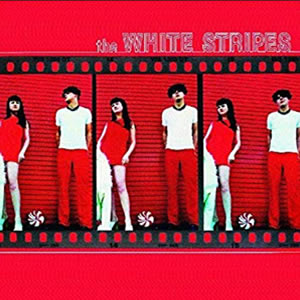
Buy The White Stripes The self-titled 1999 debut by the Michigan based debut, The White Stripes was at once a nod back to the American blues from the century about to end and […]
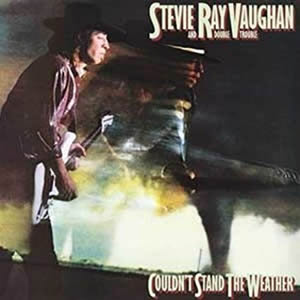
Buy Couldn’t Stand the Weather Couldn’t Stand the Weather is the critically acclaimed sophomore release by Stevie Ray Vaughan and Double Trouble. The album features an equal mix of original compositions and cover […]
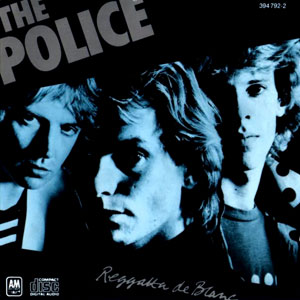
Buy Reggatta de Blanc Driven by the strength of two UK number one singles, Reggatta de Blanc helped launch The Police into the commercial stratosphere. Building on the strength of their 1978 debut, […]
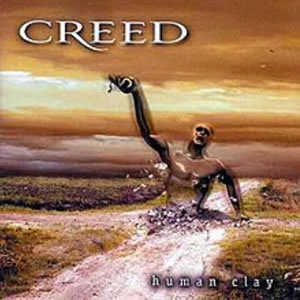
Buy Human Clay Human Clay is the 1999 second album by Creed, which built on the momentum of their fine 1997 debut to reach their climax of popularity. This #1 album was an […]
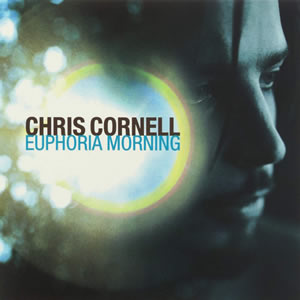
Buy Euphoria Morning After a long but whirlwind career as the front man for Soundgarden, Chris Cornell forged his own musical direction with his 1999 debut solo record, Euphoria Mourning (originally titled Euphoria […]
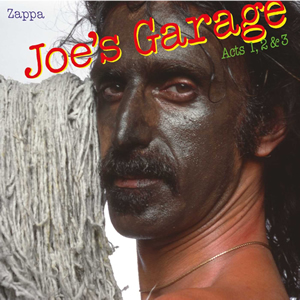
Buy Joe’s Garage Acts I, II & III Frank Zappa is one of those musical figures that people either get or they don’t. If you happen to fall in the latter category and […]

Buy Into the Music Van Morrison completed his impressive 1970s output with his classic 11th studio album, Into the Music in 1979. The album features a large ensemble of musicians and singers to […]